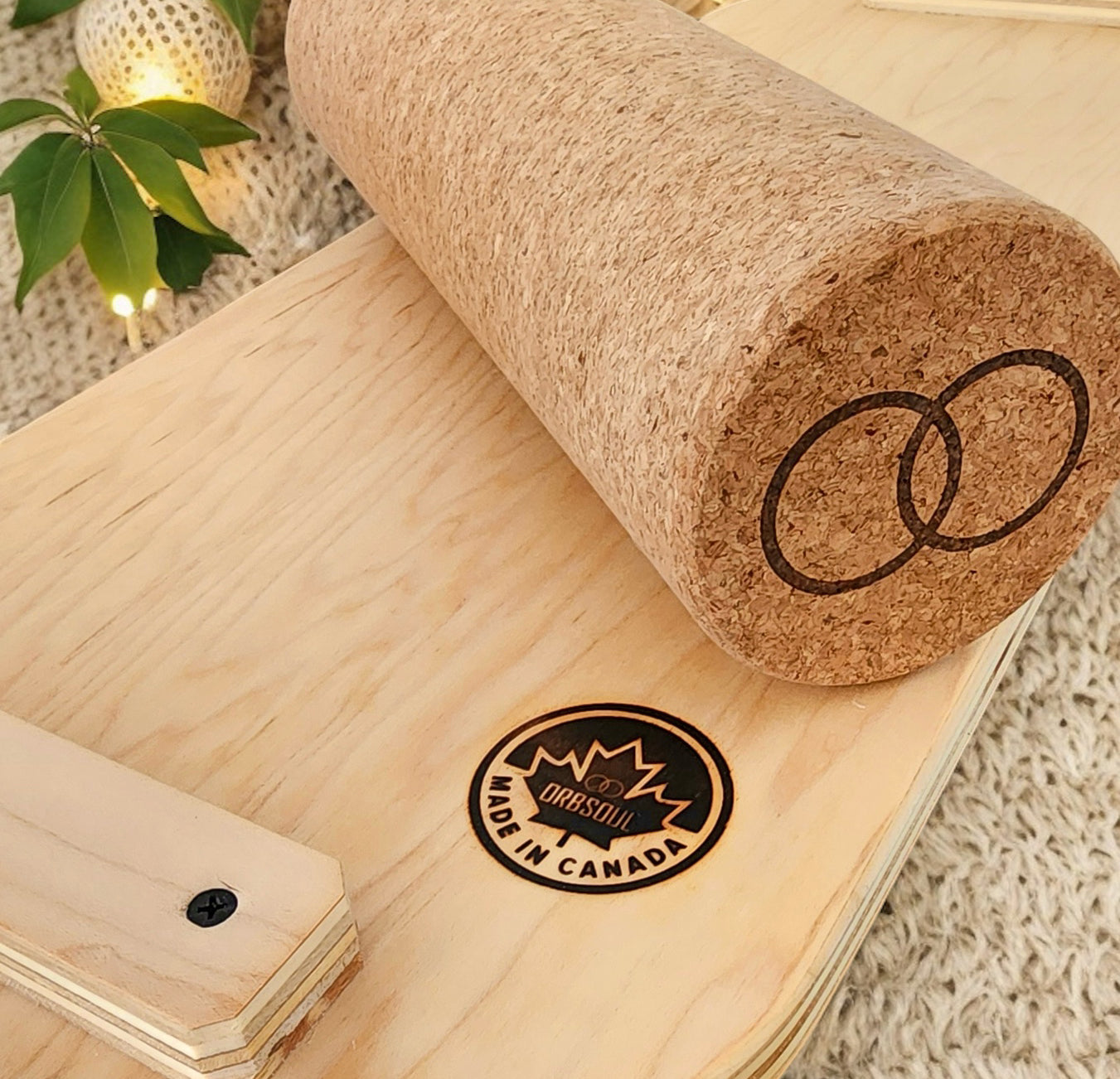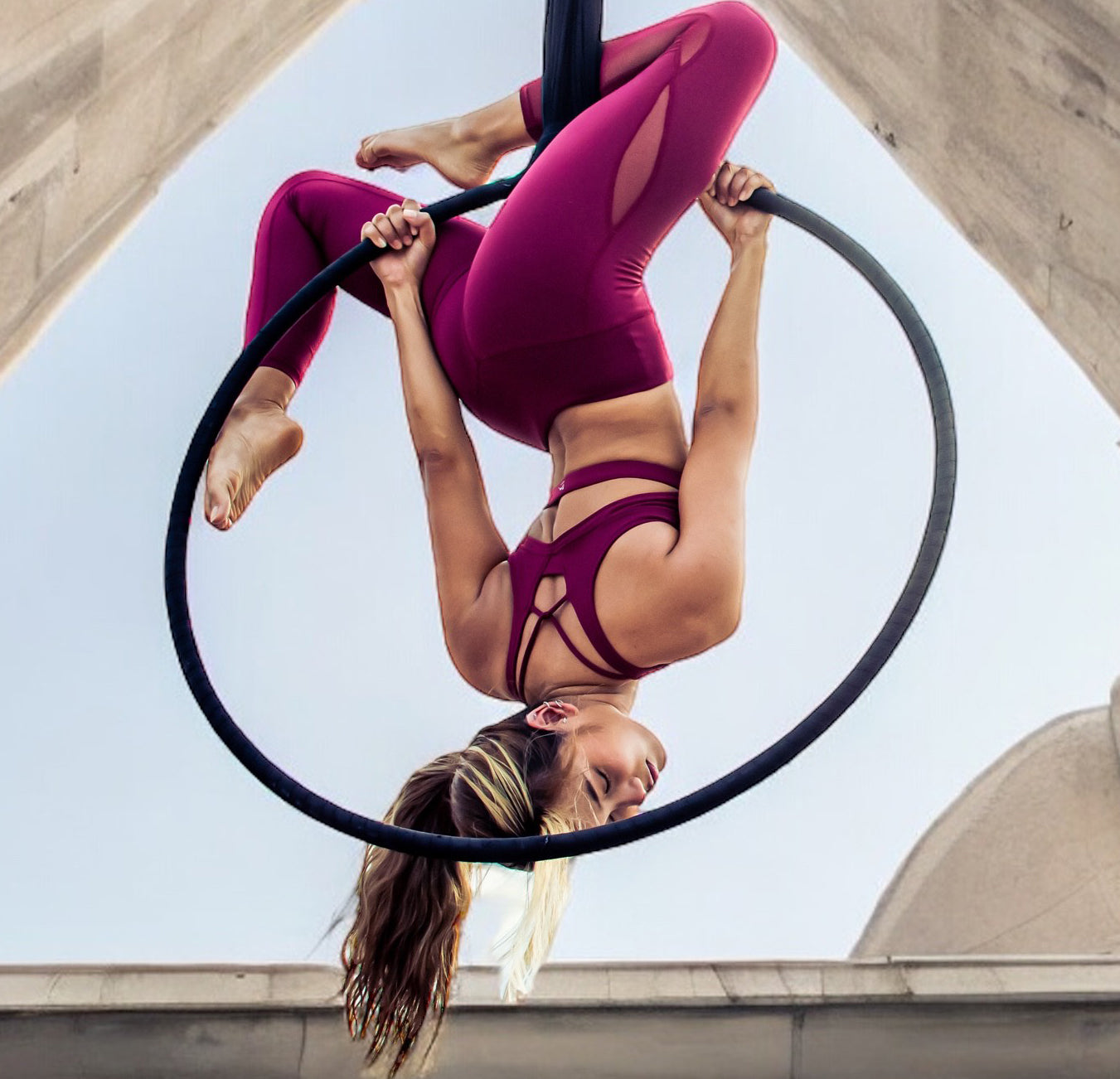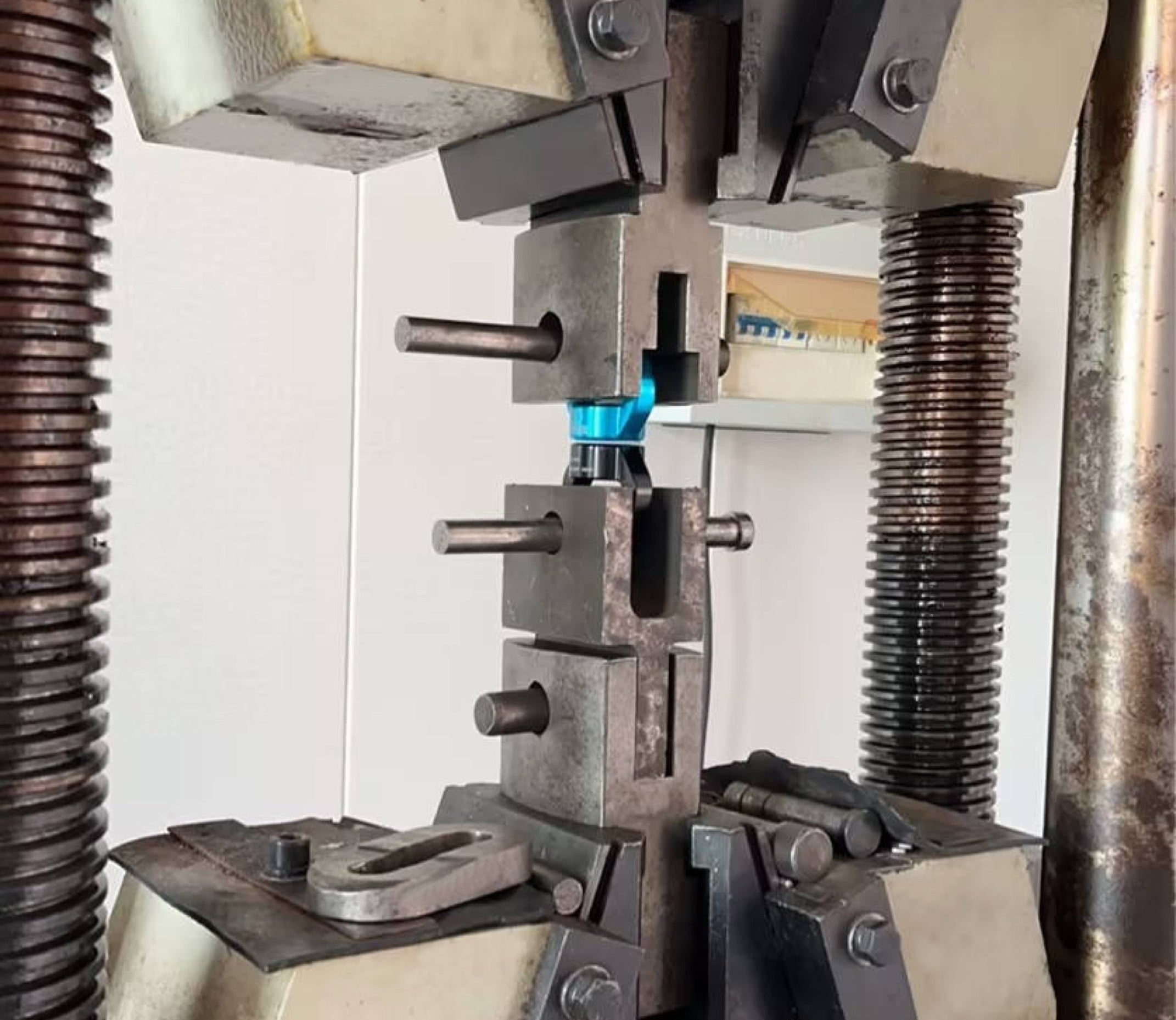Garantizar la seguridad: su guía sobre pruebas y certificación de resistencia de hardware de aparejos aéreos.
Your gear, certified and tested.
Aerial arts is exhilarating, challenging, and truly MESMERIZING! It is your self expression unleashed in the most geniune and beautiful way, inspiring all who look up.
To have peace of mind during your time in air, you need reliable and safe gear that is independently tested and CE certified.
At Orbsoul, we obtain CE certification from Apave Group in France, a top organization specializing in Personal Protective Equipment (PPE) testing. As the notifying body 0082 for CE certification, Apave Group certifies our gear to the highest mountaineering standards, ensuring safety and quality.
Let's dive in and learn all about certification and the tests that are done to ensure your gear meets industry standards to keep you safe in the air.
CE Certification - What exactly is it?
CE, which stands for "Conformité Européenne," is a certification mark denoting conformity with health, safety, and environmental protection standards for all products sold within Europe. In essence, CE certification signifies that the product complies with essential health and safety requirements. If a product is CE certified a "CE" symbol is affixed on the product followed by the 4 digit notifying body number.
In relation to Aerial rigging and anchoring, the CE is the only accredited and recognized certification worldwide, even though it is a European standard. There is currently no comparable North American standard for aerial arts equipment. The lack of regulation in the USA and Canada is why it is so important for all aerialists to know that untested and unsafe equipment is being sold by non-reputable vendors. Using untested gear can be life threatening since it has not been verified to withstand the dynamic loads exerted in aerial arts.
What tests are done and how is it defined?
Aerial rigging equipment is categorized as Personal Protective Equipment (PPE) for fall protection and must adhere to EN standards developed collaboratively by experts across the industry. Testing for CE certification of PPE requires involvement from an approved Notifying Body. This ensures tests are done by reputable experts with proper lab equipment and provides an extra layer of assurance for product quality and user safety.
We partner with Apave Group in France, Notifying body number 0082.
Tensile Stress Testing
The most pivotal test required for all rigging gear. It is used to ensure equipment is resilient under tension and can handle high dynamic loads exerted in aerial arts.
During this test, our gear undergoes rigorous tension tests within specialized machinery until it reaches its breaking point. These results meticulously quantify the force, measured in kilonewtons (kN), that each piece can withstand, ensuring safe load handling for aerial movements.
All components share a specific requirement as dictated in the standard EN365 which outlines instructions for use, maintenance, and marking.
Each piece of gear is required to have the breaking strength marked on it in kN (1 kN = 225lb) with instructions for use provided to users.
Corrosion Testing
Carabiners and swivels also undergo corrosion tests that evaluate the resilience of hardware against rusting in challenging environments.
Testing once is great, but how do we ensure ongoing quality control?
Great question. This is where we at Orbsoul take things a step further.
As mentioned, tensile strength testing is the most important test in ensuring gear is strong enough to handle dynamic aerial loads such as drops.
To ensure our manufacturing process produces consistent high quality gear we tensile strength test (Break Test) every batch we make.
EN Standards - For those who want the details
Fire and Ice Carabiners
EN362: Governs connectors such as carabiners used in aerial arts. The carabiner must pass the following tests:
- Various strength tests: Tensile strength, gate strength, and gate opening tests to ensure reliability and safety in preventing falls.
- Corrosion test: All metallic elements shall not show evidence of corrosion of the base metal.
- Marking: ‘kN’ value determined through testing with reference to the standard EN362.
- Instructions for use provided to customers
Infinity Swivel
PPE-R/11.135: A special provision combining several standards, governs swivels used in aerial arts. The swivel must pass the following tests:
- Tensile strength test: following applicable requirements of EN 12275:2013.
- Corrosion test: All metallic elements shall not show evidence of corrosion of the base metal
and swiveling shall still function after salt spray. - Marking: Marking: ‘kN’ value determined through testing with no reference to an EN standard.
- Instructions for use provided to customers
Balance Eight Descender
The balance eight descender design is traditionally used in mountaineering for belaying or rappelling with a rope. Because of this, Traditional PPE standards for figure eights do not apply to the aerial arts. However, we do certify to the standard EN365 regarding marking and technical use as well as perform tensile strength testing to determine the safe load value.
If you've made it this far, congratulations! You are now well versed in aerial rigging certification, testing standards and their importance in keeping aerialists safe in the air. Before you go, we want to invite you into the lab to see the strength testing of your aerial rigging hardware in action.














